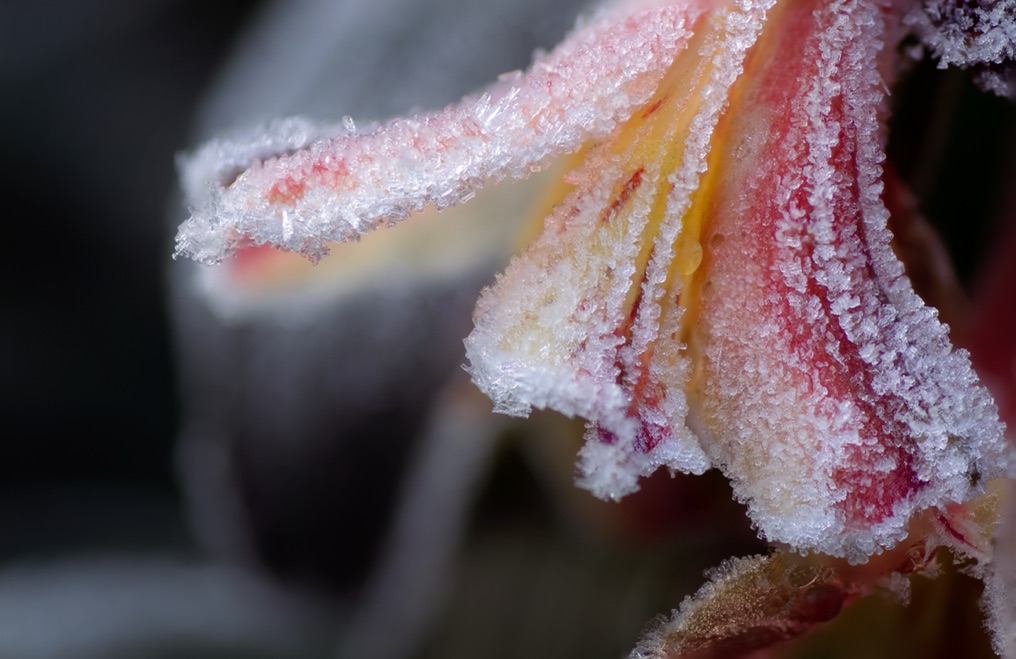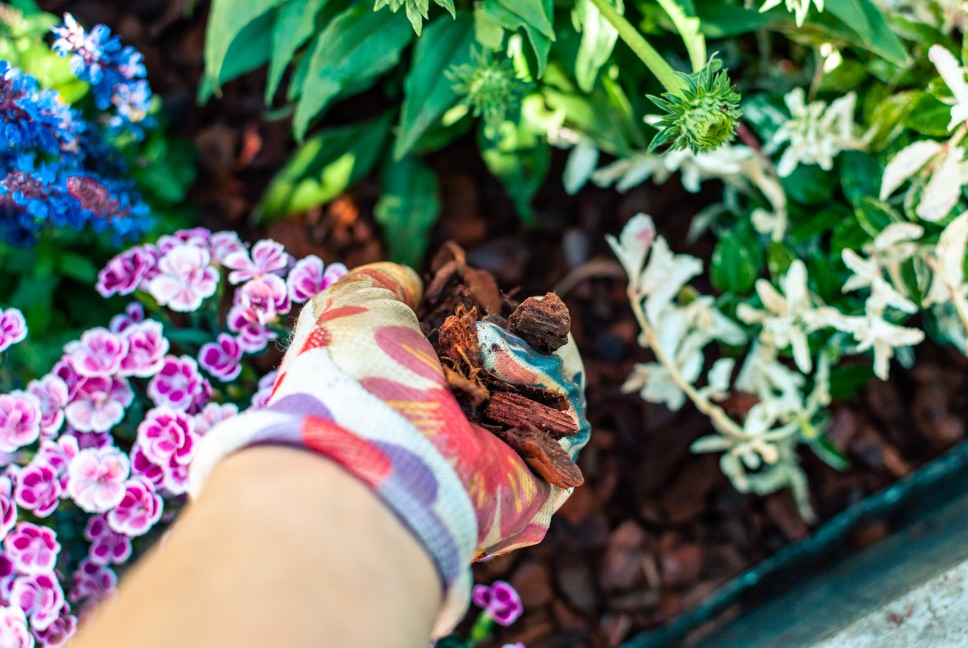Follow These 3 Steps For Your Alstroemeria Before Winter To Help Them Survive

PERENNIALS > ALSTROEMERIA > OVERWINTERING

Elizabeth is a Permaculture Garden Designer, Sustainability Consultant and Professional Writer, working as an advocate for positive change. She graduated from the University of St. Andrews with an MA in English and Philosophy and obtained a Diploma in Applied Permaculture Design from the Permaculture Association.
Reviewed By COLIN SKELLY

Colin is a Horticulturist and Horticultural Consultant with experience in a range of practical and managerial roles across heritage, commercial and public horticulture. He holds the Royal Horticultural Society’s Master of Horticulture award and has a particular interest in horticultural ecology and naturalistic planting for habitat and climate resilience.
IN THIS GUIDE
ALSTROEMERIA GUIDES
Container Growing
Deadheading
Division
Problems
Varieties
Winter Care
Alstroemerias bear beautiful lily-like flowers over the summer months, sometimes well into autumn.
These flowering perennials may look rather exotic, and be native to South America, but they can often be very happy in UK gardens.
Most are hardy plants, with a hardiness rating of H4, but to keep them looking good, you will need to provide them with appropriate winter care.
Here are the basic things you need to do to keep Alstroemeria alive over the winter months and ensure excellent flowering displays over a number of years:
| Difficulty | Easy |
| Equipment Required | Mulch, sheltered spot or greenhouse for container-grown plants |
1) Mulch Young Alstroemeria Growing In The Ground
While most Alstroemerias can survive winter temperatures as low as -10°C, they may not always be hardy enough to overwinter across all of the UK.
In a particularly cold winter, or in chillier or more exposed locations, the tuberous roots can be damaged by the cold.

Alstroemerias are more vulnerable during their first couple of seasons when the root systems are somewhat less well established and when roots will not have delved as deeply.
To protect young plants over winter when they are growing in the ground, you should layer mulch thickly around the crowds and over the roots to stave off the frost and freeze.
A mulched bark, a thick layer of autumn leaves, or another insulating mulch like straw or sheep’s wool could be ideal.

A thick organic mulch will not only stave off the cold, but can also help to reduce the chances of waterlogging, and improve the structure of the soil over time.
Winter wet can be as much of a danger for these plants, which like free-draining conditions, as the cold.1Wet soils: plants for. (n.d.). Royal Horticultural Society. Retrieved March 9, 2023, from https://www.rhs.org.uk/plants/for-places/wet-soils
2) Ensure Appropriate Growing Conditions For Mature Plants
More mature Alstroemerias growing in the ground will usually not need any protection to make it through the winter months unscathed.
But remember, it is important that Alstroemerias are placed in a suitable spot for them to overwinter successfully and burst back into new growth in spring.
Before winter, make sure that you analyse the conditions in which mature Alstroemerias are growing.

Make sure that they are not growing in an excessively cold area such as a frost pocket or a very exposed location.
And, most crucially, make sure that the soil in which they are growing drains freely, and that the roots will not sit in damp and waterlogged conditions.
High winter rainfall can cause problems where the soil does not allow that water to drain away relatively quickly.
3) Move Container-Grown Alstroemerias To A Frost-Free Location
Unlike Alstroemerias growing in the ground, container-grown plants will not usually be able to remain outdoors over the winter months.
One problem is that roots in a container are not protected from the cold by the mass of soil around them.
They are more exposed to cold temperatures than roots within the soil in the ground.

Another issue is that containers can more easily become waterlogged during periods of higher winter precipitation, meaning the roots may be more prone to rotting.2Waterlogging and flooding. (n.d.). Royal Horticultural Society. Retrieved March 9, 2023, from https://www.rhs.org.uk/soil-composts-mulches/waterlogging-flooding
For these reasons, Alstroemerias grown in pots should be moved into a frost-free location for the winter months.
An unheated greenhouse or cool porch space is ideal.

If such as space is not available, you may get away with placing pots on their sides once the plants become dormant, and placing them in a sheltered spot outdoors.
“I always make a point of trying to learn the microclimate of a garden – the cooler, shadier spots in summer, and warmer, sheltered spots in winter, for example,” says Colin Skelly, Master Horticulturist.
“If there is a part of the garden that is less frost prone (in the lee of a wall perhaps, or under a tree or large shrub), then pots might successfully be overwintered in that location.”
You might insulate the container to keep the roots safe from hard freezes.
But if you can, moving container-grown Alstroemerias undercover for winter is generally the approach which will yield the best results.
References
- 1Wet soils: plants for. (n.d.). Royal Horticultural Society. Retrieved March 9, 2023, from https://www.rhs.org.uk/plants/for-places/wet-soils
- 2Waterlogging and flooding. (n.d.). Royal Horticultural Society. Retrieved March 9, 2023, from https://www.rhs.org.uk/soil-composts-mulches/waterlogging-flooding
